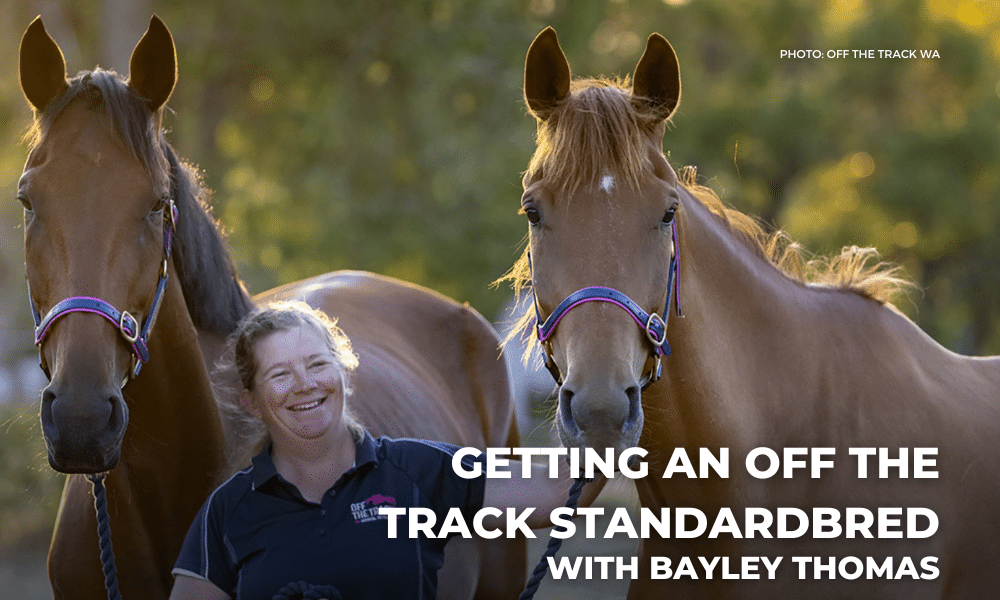
12 Jul Getting an Off the Track Standardbred
With Bayley Thomas – Accredited Off the Track Retrainer
Bayley has been working with Standardbreds and Thoroughbreds all her life and now provides retraining and placement for Off the Track horses. She works with the trainers, owners and horses to help them transition to their next phase in life. In this blog she talks about what to look for and how to go about getting an OTT Standardbred.
So, you have decided you want to buy a Standardbred relatively newly off the track….Now what?
Step one:
First ask yourself the following questions:
- Have I ridden a Standardbred before? I ask this because they often have quite big and bouncy trots that catch many off guard!
- How much confidence do I have to ride a green horse?
- Do I have the experience or right help around me to bring on a green horse? If no, then will you seek it out
- What would you like to do with your new Standardbred?
These few questions will help you decide if a recently retired Standardbred is in-fact the right horse for you and then what you need to look for in your new Standardbred for what you would like to do.
Providing this information to people rehoming or selling the horse is also helpful. If you are wanting a Standardbred for eventing for example, by informing the owner/retrainer they will be able to let you know if it will be suitable, it may have a tendon or suspensory injury making it unsuitable.
Once you have answered the questions and you have decided that a recently retired Standardbred is still what you would like, where do you go from there?
Step 2:
Decide how you are going to acquire the horse
Thankfully in recent years Standardbreds now have more avenues out of racing and do have value. Depending on the horse, whether it saddle broken, retired sound, what its temperament is like and how much it has done you can expect to pay for them.
If you have contacts in the industry, you may still be able to pick one up for free although this is now far less common.
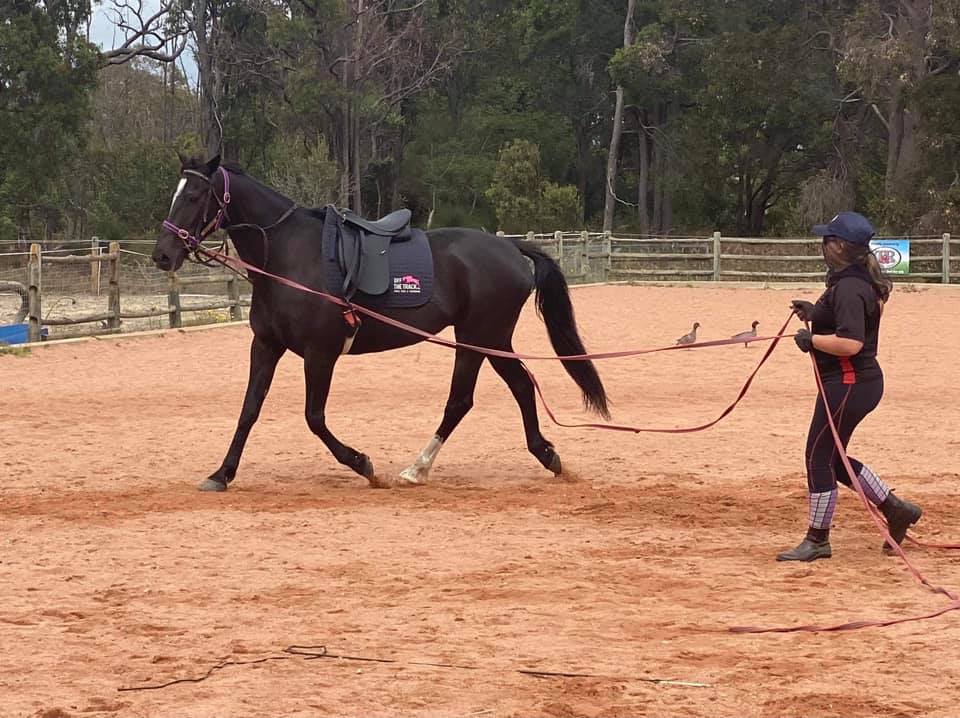
If you’re confident and experienced:
If you are confident and experienced then getting one off the track direct from the trainer is a little less risky. I wouldn’t recommend this for beginner or nervous riders however as the horse’s temperament under saddle is unknown. While many end up the same to ride as to handle, some also don’t and for one reason or another don’t take to ridden life so well.
When acquiring a Standardbred from a trainer free or cheap, while there are exceptions to the rule, you can often expect the horse not to be started to saddle, you may also find unknown injuries (often look sound on the track but then can be lame on a 20m circle) and will likely have management things to take care of such as teeth, vaccinations and farrier.
If you are less confident or experienced:
If you are less confident or experienced then best to look through any reputable retrainer or through the Off The Track WA program. Reputable retrainers will usually have the horse up to date on all care such as horses in good condition, feet care, teeth done, wormed etc. A reputable retrainer will have started the horse to saddle and hopefully exposed it to some different environments such as trail riding or trips out to events or locations.
They will be able to give you a good idea of the horses temperament on the ground and under saddle and will honestly tell you any quirks or vices they have found. This doesn’t mean the horse won’t go into a new home and develop problems, the change of atmosphere and routine can unsettle them, they are a living being with their own emotions.
A reputable retrainer takes away some of the risk, with any living animal you can never remove it entirely! You will also be expected to pay for the service, it costs money to retrain the horses but when you add up the value you get with the training and care, its still a very cheap horse.
How do you pick a reputable retrainer?
A way to pick a reputable retrainer is to look at their history doing it, how many happy horses and owners are out there? What condition are the horses in? Another way is to look at the Off The Track WA website, it has a list of acknowledge retrainers and their contact details. Finally there is the Off The Track WA program itself, currently they have five retrainers training and rehoming their horses (click here to Find a Horse)
so You've found a horse and want to go and view it...what next?
Take someone with you
First one of the biggest things I can recommend when going to view a horse, bring your coach or an experienced friend! Sometimes we get carried away and step into something we shouldn’t or don’t have the experience for, we may miss something because of that excitement or even still, may miss out on a nice horse because you find it harder to make a decision and the coach or trainer may have said it was perfect for you to give the confidence to commit to the horse.
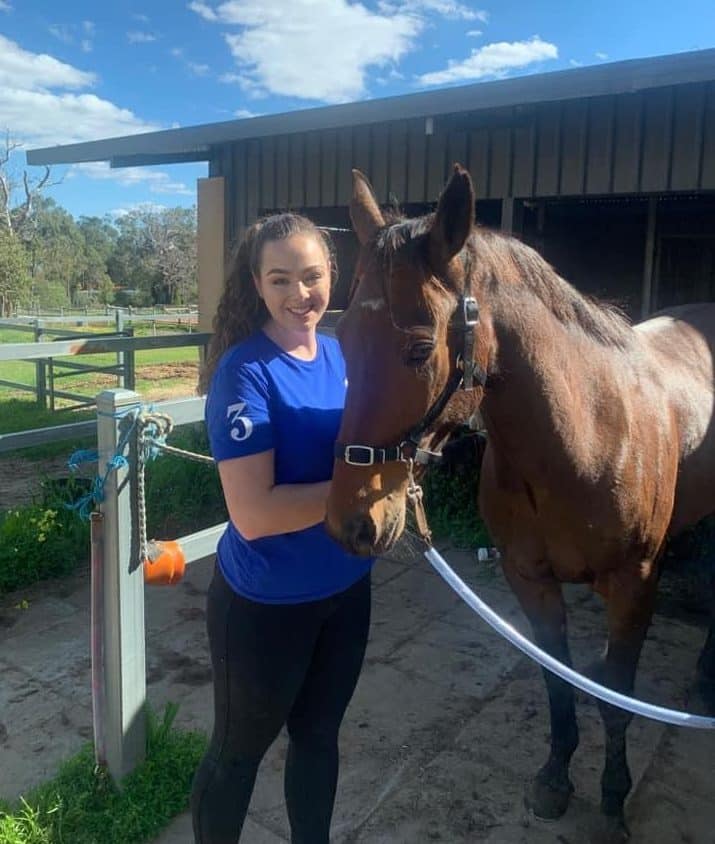
Be prepared:
Once you have decided to view a horse it is then important to be prepared. Make sure you are wearing safe boots, an approved helmet and appropriate clothing (not loose fitting or rustling, remember these horses are new to being ridden!). You can wear a safety vest if you feel safer too.
What to expect when you arrive:
Once you have arrived, if you are going to ride it, most retrainers will have you sign a disclaimer. Most reputable trainers will be fully insured and therefore it’s a requirement for them. Insurance is also an added layer of protection for you trying these horses.
The horse ideally should still be in the paddock or yard it is kept in, if it is already caught and especially already being worked or showing signs of sweat from work – that is a red flag so walk away!
You can watch the horse being caught and led and tied. Spend some time with the horse on the ground, brush it, saddle it up and see how you feel around the horse, safe or scared?
Watch it on the ground or ridden by the retrainer first!
If it is not saddle broken, have it walked and trotted up for you and on a circle or lunge to look for any potential soundness problems or potential conformation issues that you are trying to avoid.
Always have the owner/retrainer ride the horse first. Experienced or not, if an owner/retrainer won’t get on it, neither should you.
If the owner/retrainer can’t get on it for any reason then it is up to them to have found someone to ride the horse for you first. You want to make sure it is safe for you to get on.
Watch how the owner/retrainer rides it, most will be fairly green so it might not be ‘pretty’ but still safe or it may have some problems. Often the owner/retrainer will have told you what its like before you even see it under saddle but it’s a good chance to confirm what you have been told.
All good so far? It's your turn to ride...
If you feel safe, then it is your turn to mount up! Start at walk, test your brakes, get a feel if you are safe or not. Take your time, don’t feel pushed or hurried.
Once ready you can move on to trot and if canter is there, you can try that too. Remember many green Standardbreds will not have an established canter in the arena. It is ok to start on the lunge if you feel safer and a neck strap or monkey strap can often help too.
Did you know – even experienced riders on unbalanced Standardbred trots will often use a neck or monkey strap to avoid accidently pulling the horse in the mouth or tipping it off balance.
Remember the horse is new to being ridden, it may react differently to you than it does to its regular rider so take your time and help it understand your way.
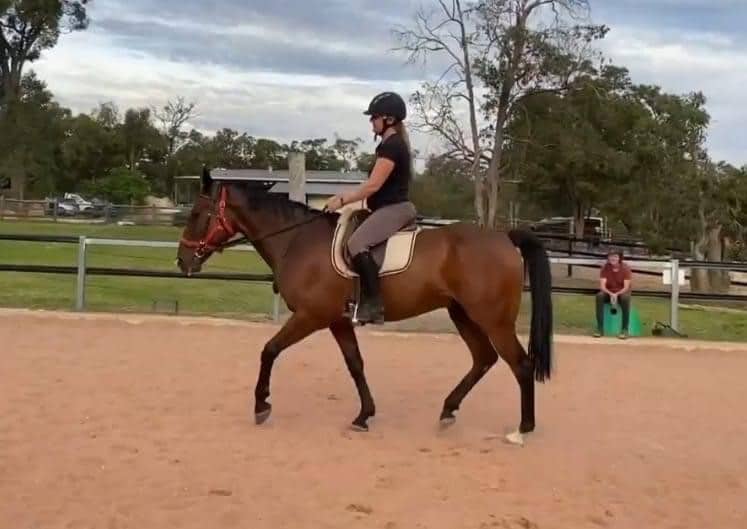
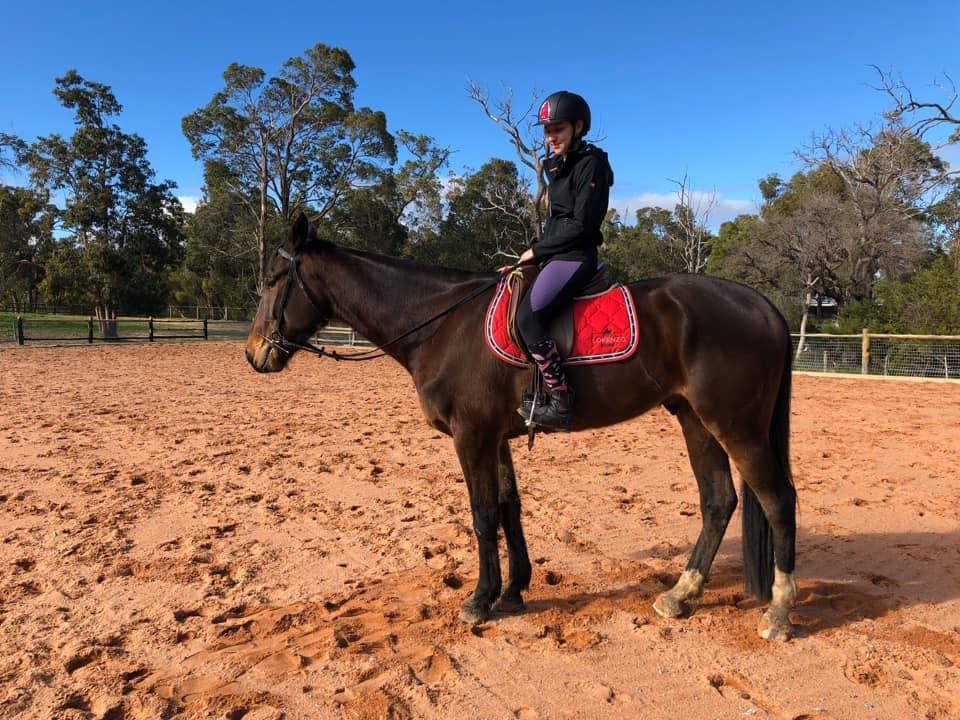
It's a winner! So you decide a horse is the one for you...
If after you have viewed the horse you decide it’s the one, make sure you find out what the horse is being fed as you will want to change it over gradually or keep it on the same as the owner/retrainer who will have likely found what works best during their time with the horse.
At Lokenzo Park we tend to stick with the basics: oaten chaff, lucerne chaff, T&R Claytons Pellets, salt and a good vitamin and mineral. Sometimes if they require more condition, we will add a cold pressed oil or swap over to T&R Horse Cubes for Seniors or if they come in as young horses we often use T&R Horse Grower Weaner Pellets.
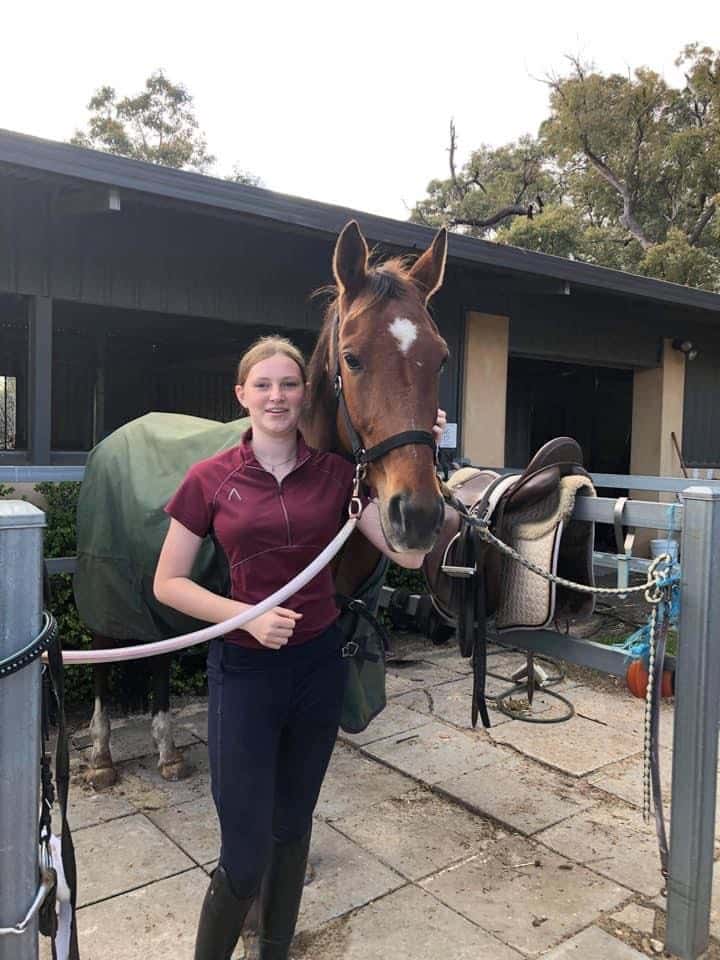
If it's a no...
Didn’t have any luck with that horse? There are always others coming through, so it can pay to talk to the retrainer about how you felt, what you did and didn’t feel and to keep you in mind for other horses.
Lastly, if an owner/retrainer tells you they don’t feel the horse is suitable for you, do not be upset. They are trying to protect both their horses and your best interests. It is no good taking a horse home and later finding out the owner/retrainer was right and you now have a horse unsuitable for you to try to rehome again.
All the best with your search for a super Off The Track Standardbred!
If you have any questions you can contact us at Lokenzo Park through the Facebook page, we are always happy to assist when we can.
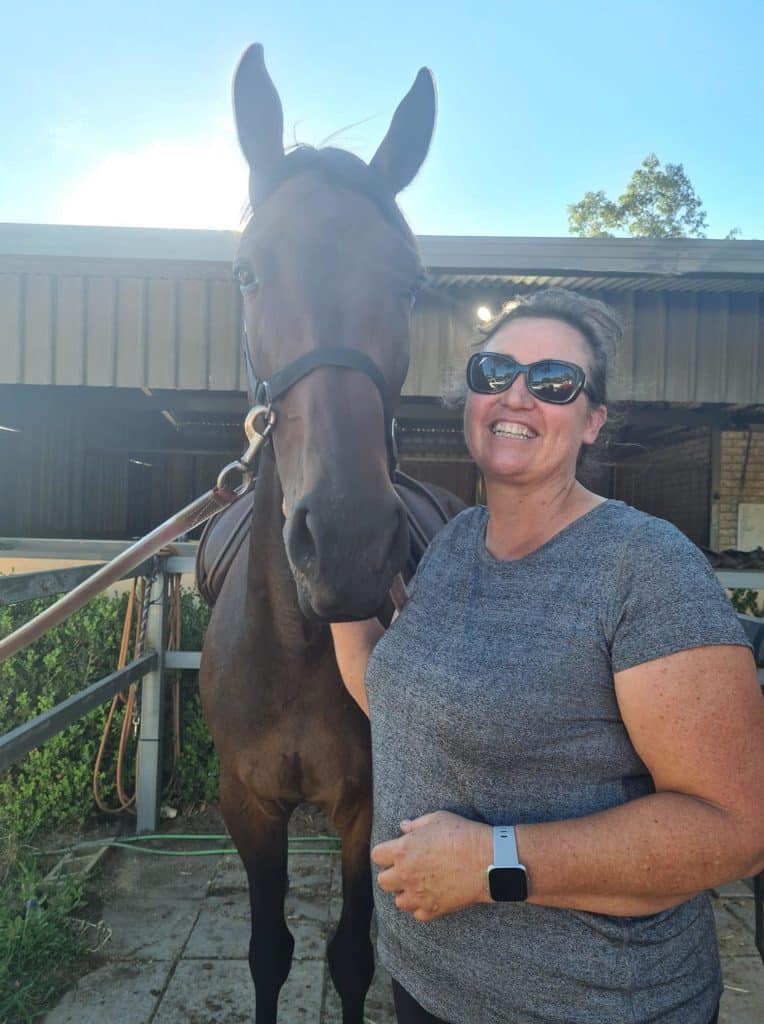
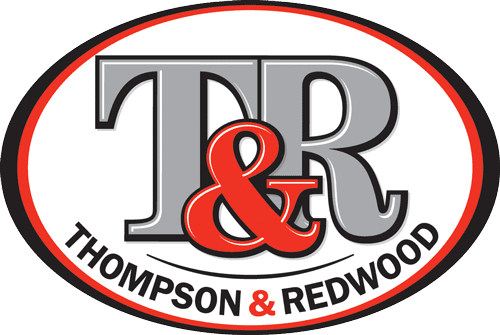


No Comments